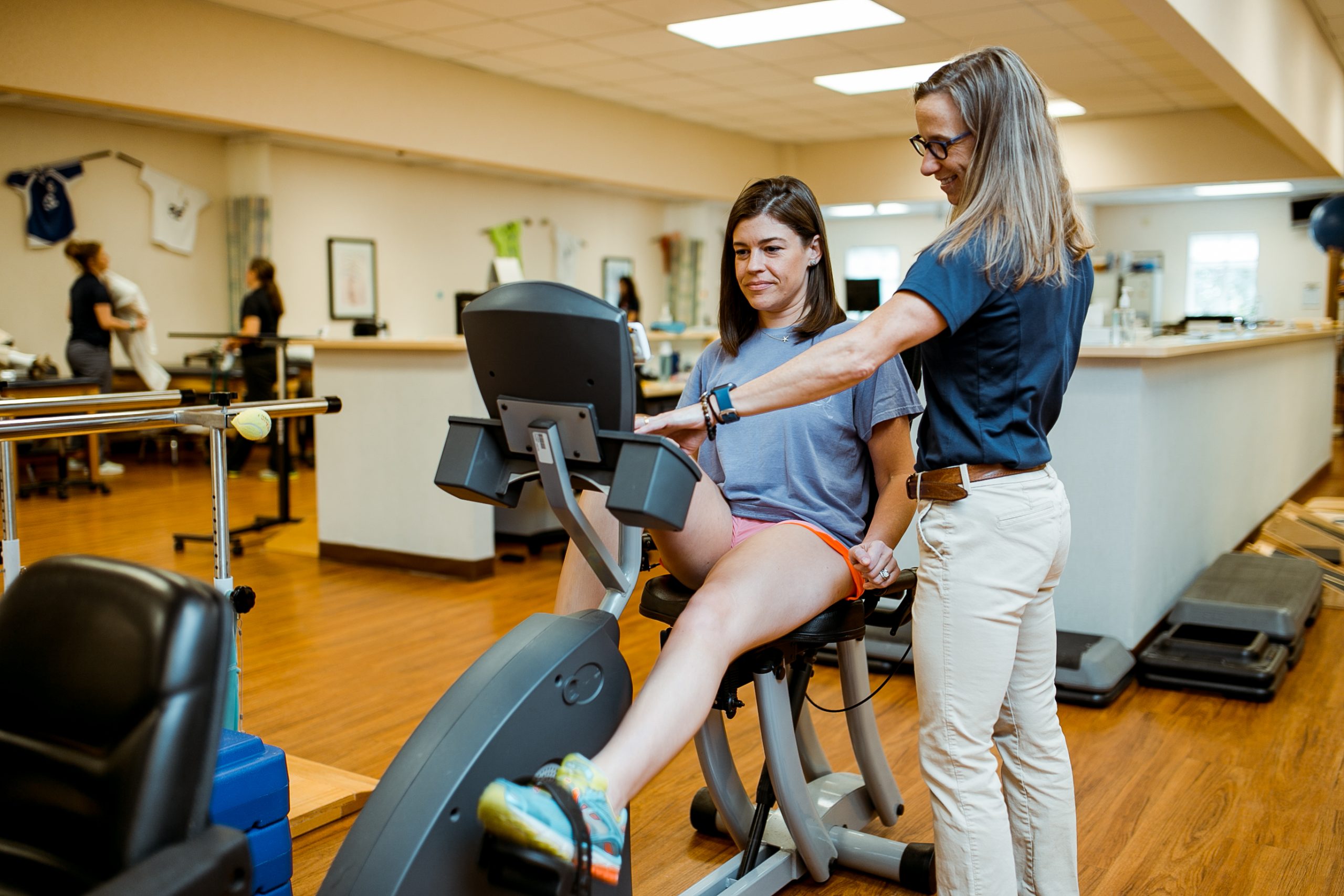Investigating the Intricacies of Persistent Aches Following Athletic Injuries and Its Effect on Restoration
Persistent pain is a major concern that often follows sports traumas, impacting numerous sportspeople and physically engaged persons. When someone suffers from a athletic trauma, such as a ligament injury, strain, or fracture, the immediate reaction usually involves pain and swelling. However, for some people, this pain does not go away after the injury recovers. Instead, they may persistently experience discomfort long after the initial trauma. This persistent pain is known as long-term discomfort, and it can be difficult to treat. Understanding the complexities of persistent discomfort is vital for both patients and medical professionals to ensure effective rehabilitation.
A primary cause persistent discomfort can emerge after a physical trauma is due to the physiological reaction to tissue damage. When bodily structures are injured, the body sends out signals to alert us of the injury. This response includes inflammation, which is part of the healing process. However, in some cases, this inflammatory response can become exaggerated or prolonged, leading to ongoing discomfort even when the damage has resolved. Additionally, psychological factors like anxiety and depression can influence how people experience sensation. Sports participants may feel anxious about returning to their sport, which can affect their interpretation of pain.

Chronic pain can significantly affect an individual athlete’s rehabilitation journey. It can limit their ability to practice and compete at their normal standards. Athletes may find themselves incapable to participate in practices or competitions due to concern read the article of worsening their condition. This circumstance can result in feelings of frustration and social withdrawal. When athletes cannot perform as they did prior to their injury, it may also impact their psychological well-being and self-esteem. As a result, treating both the physical and emotional components of recovery is essential for managing chronic pain.
Various therapeutic approaches exist for managing chronic pain after sports injuries. Medical professionals frequently recommend a combination of physiotherapy, medication, and alternative treatments like needle therapy or massage therapy. Rehabilitative exercise focuses on enhancing muscle power and flexibility while controlling discomfort through specific movements. Medications such as NSAIDs or pain relievers may be recommended to help manage symptoms. Each athlete’s situation is individualized; thus, developing a customized treatment plan that accounts for individual needs and goals is essential for effective rehabilitation.
To summarize, chronic pain click over here resulting from sports injuries is a multifaceted issue that requires thorough consideration and intervention. It affects not only the bodily component of recovery but also the mental health of athletes. By understanding the underlying factors and effects of long-term discomfort, athletes and medical professionals can work together more effectively toward rehabilitation. With appropriate clinical approaches and support systems in place, a significant number of people can overcome chronic pain and resume participation in their favorite sports activities to the fullest.